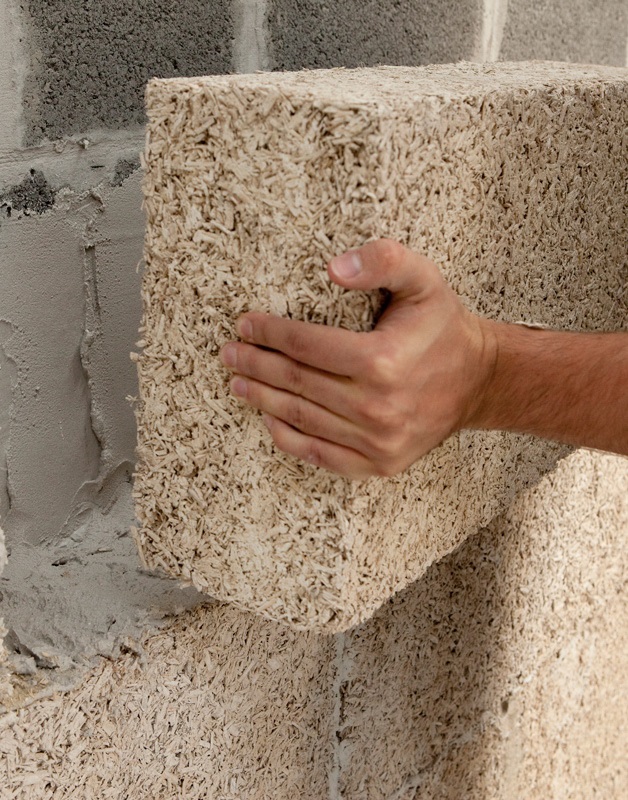 Not only do hempcrete houses have a myriad of substantial advantages for its inhabitants, from creating a healthy living space inside to severely reducing monthly costs, but you also contribute to the environment by making this choice.
Not only do hempcrete houses have a myriad of substantial advantages for its inhabitants, from creating a healthy living space inside to severely reducing monthly costs, but you also contribute to the environment by making this choice.
Hemp absorbs carbon dioxide as the plant grows. As a result, the use of hemp and lime when building helps to reduce the carbon footprint of buildings, and can even lead to a negative footprint for the entire construction. According to greenbuildingcanada.ca, in Canada, about 200,000 new homes are built each year, with an average footprint of 2,000 square feet (185 square metres). If they were all insulated to code minimum requirements with hempcrete, a total of 990,718 tons (898,764 tonnes) of carbon could be sequestered annually. If the same homes had walls with fibreglass insulation, 207,345 tons (188,100 tonnes) of carbon would be emitted to create that insulation, so the total net carbon savings for the planet is significant.
Properties:
- breathes, it is a vapour-permeable material which is hygroscopic, regulates the humidity in the atmosphere by absorbing vapours and releasing them when the humidity level drops below the optimum threshold
- naturally fire and pest- resistant
- it has net negative carbon emissions, 100% natural, sustainable and biodegradable material that absorbs CO2 continuously after application, this aspect leading, with time, to the transformation of hydrated lime into limestone.
- combines high resistance with insulating properties and high thermal inertia, compared to other building materials that have certain deficiencies, such as: concrete offers high resistance but does not insulate and is unable to regulate the humidity; on the other hand, very good insulating materials such as mineral wool do not have thermal inertia due to their low density, having issues in regulating the humidity
- buildings made of hempcrete have excellent acoustic properties
- suppresses the appearance of mites, moulds and fungi and prevents other pests such as insects or rodents
- Fire retardant standard B1
For further information on properties and usage Contact us.
